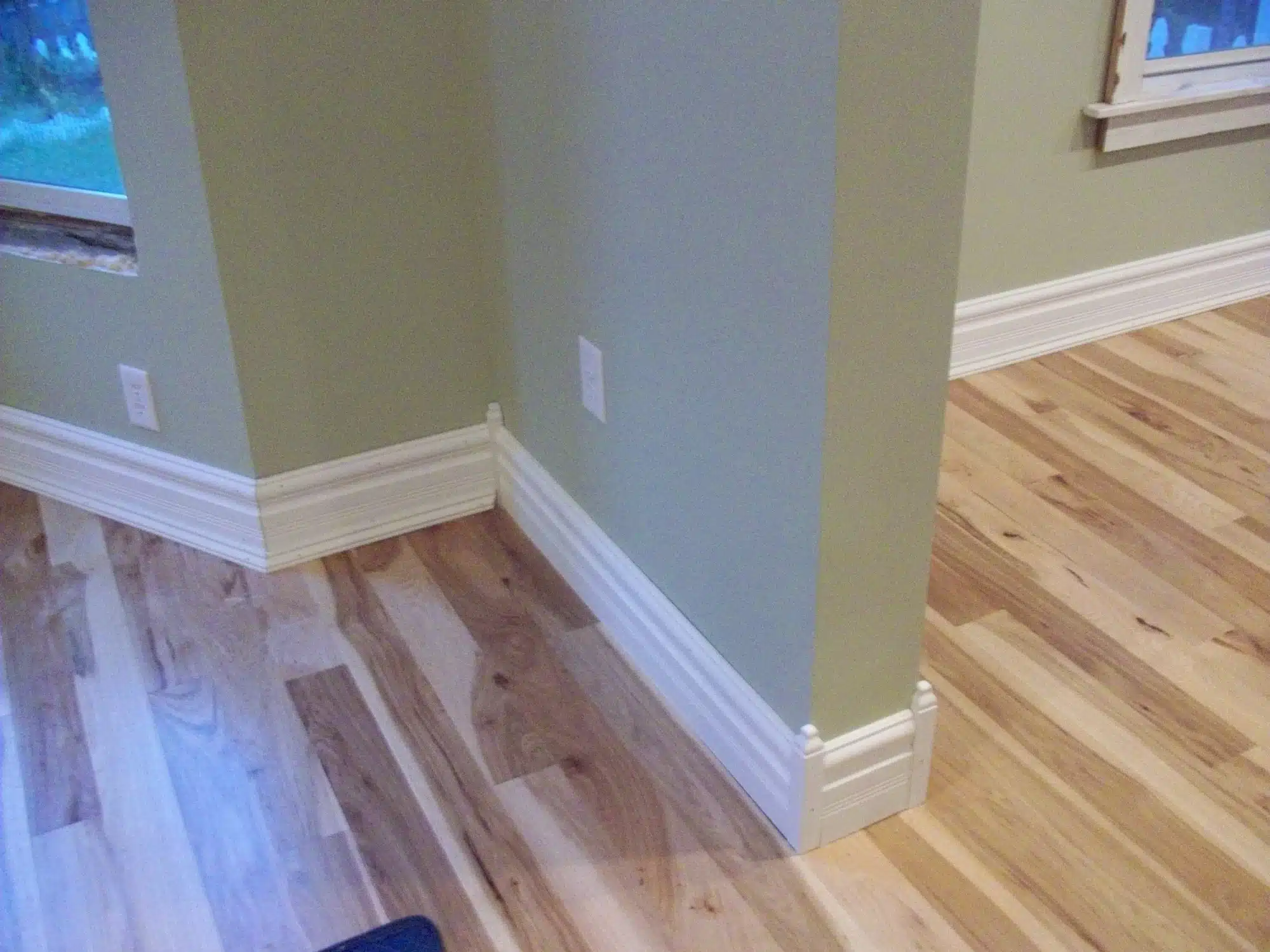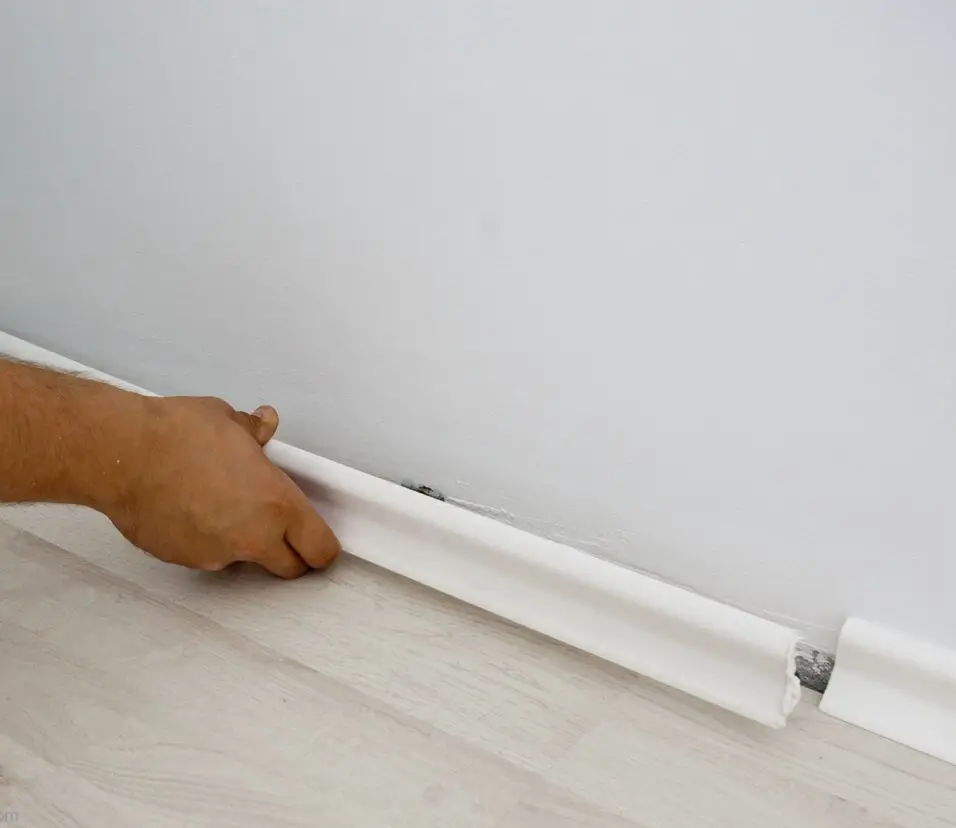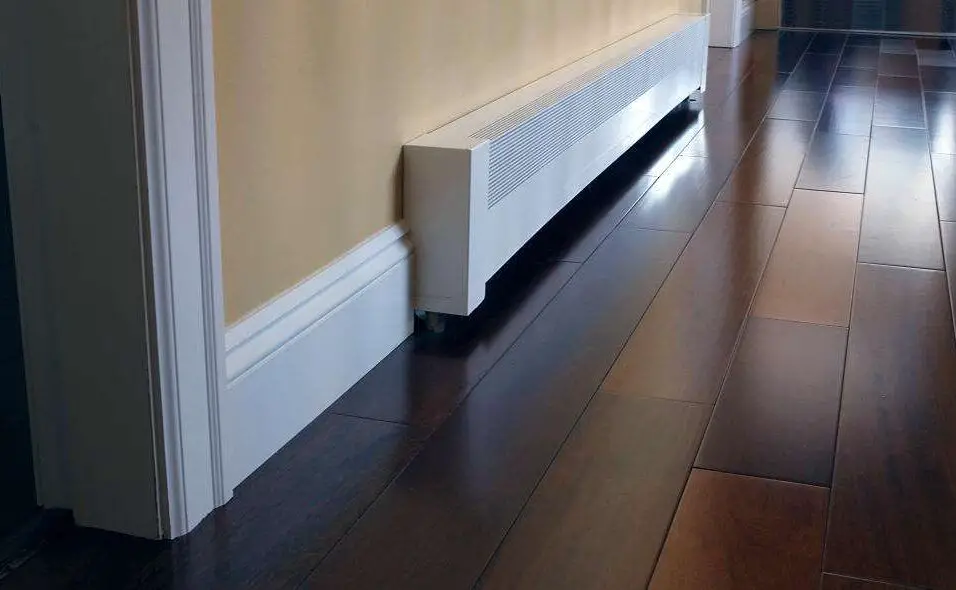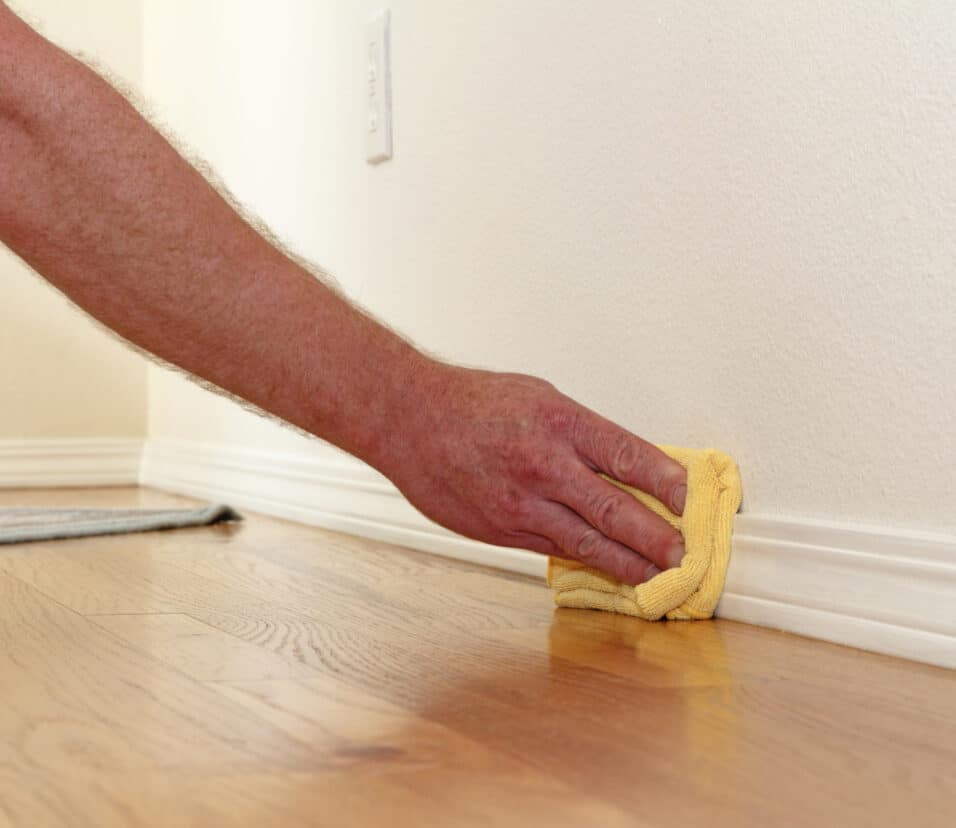How To Transport Baseboards
Introduction
How To Transport Baseboards: Transporting baseboards can be a challenging task, especially if you are not familiar with the proper techniques and precautions. Baseboards are long, narrow pieces of wood or other materials that are used to cover the joint between the wall and the floor. They are often delicate and can easily be damaged during transportation if not handled correctly. Whether you are moving to a new home or simply need to transport around baseboards for a renovation project, it is important to know how to do it safely and efficiently.
Firstly, it is crucial to prepare the baseboards for transportation. This involves removing any nails or screws that may be sticking out, as they can cause damage to the baseboards or other items during transit. It is also a good idea to clean the baseboards to remove any dirt or debris that may have accumulated. This will not only protect the baseboards but also ensure that they are in good condition when you arrive at your destination.
Secondly, it is important to choose the right packaging materials for transporting baseboards. Ideally, you should use long, narrow boxes that are specifically designed for this purpose. These boxes will provide the necessary support and protection to prevent the baseboards from bending or breaking during transportation. If you cannot find suitable boxes, you can also use heavy-duty cardboard or plastic sheets to wrap the baseboards individually. Make sure to secure the packaging materials with tape or straps to keep them in place.

How do you transport drywall in a pickup?
Transporting drywall in a pickup truck can be a challenging task, especially considering the size and weight of the material. However, with proper planning and the right equipment, it is possible to safely transport drywall in a pickup truck. In this article, we will discuss some tips and techniques for transporting drywall in a pickup truck.
1. Measure your truck bed: Before attempting to transport drywall in your pickup truck, it is important to measure the dimensions of your truck bed.
2. Prepare your truck bed: This will provide a smooth surface for the drywall to rest on and prevent any scratches or dents.
3. Secure the drywall: It is crucial to secure the drywall properly to prevent it from shifting or falling during transportation. One common method is to use ratchet straps or bungee cords to secure the drywall to the truck bed. Make sure to tighten the straps or cords securely to ensure the drywall remains in place.
4. Use a bed extender: If your pickup truck has a short bed, you may need to use a bed extender to transport longer sheets of drywall.
5. Drive carefully: When transporting drywall in a pickup truck, it is important to drive carefully and avoid sudden stops or sharp turns.
How is drywall transported?
Make a front-to-back loop with the twine and tie the drywall pieces together. Tighten the rope as much as you can to keep the sheets from moving. Get the drywall sheets to where you need to go.
Drywall, which is sometimes called plasterboard or gypsum board, is a common building material used for walls and ceilings inside homes. There is a layer of gypsum in the middle of two pieces of paper. Because it is so big and heavy, moving plywood needs careful planning and special tools.
Flatbed trucks are often used to move drywall from one place to another. The big, open bed of these trucks makes it easy to load and unload the drywall sheets. Many times, flatbed trucks are used to move drywall over long distances because they can hold a lot of sheets.
Delivery vans and box trucks are two other ways to move drywall. Sometimes, drywall can also be moved by train or by sea.
No matter how you move the drywall, you should be careful not to damage it. Drywall sheets should be stacked and held in place correctly so that they don’t move or fall while being moved. The cars used for transporting the drywall should also have the right padding or cushioning to keep it safe from bumps and vibrations.
How do you transport large plywood?
Secure the plywood by tieing it down to the luggage rack underneath. Ratchet it tight to prevent any movement while driving. Be sure to strap it down in such a way where the wind won’t be able to lift it up. For this, I’ve run 2 straps from my front bumper to hold down the front of the plywood. Transporting large plywood can be a challenging task due to its size and weight.
One of the most common methods for transporting large plywood is by using a truck or van. If you have access to a vehicle with a large enough cargo space, this can be a convenient option. However, it is important to secure the plywood properly to prevent it from shifting during transit.
If you do not have access to a truck or van, another option is to use a roof rack or trailer. Roof racks can be installed on top of a car or SUV and provide a secure platform for transporting plywood.
Lastly, if you are transporting plywood over a short distance, you may be able to carry it by hand. This option is best suited for smaller sheets of plywood or if you have help from others. It is important to lift with your legs and not your back to prevent any injuries. Additionally, wearing gloves can provide a better grip and protect your hands from splinters.
What is the box length of a truck?
Box trucks are typically 10–26 ft (3.0–7.9 m) in length and can range from Class 3 to Class 7 (12,500 lb. to 33,000 lb. gross vehicle weight rating). They often have a garage door-like rear door that rolls up.
The box length of a truck can vary based on the specific needs and requirements of the user or industry. For example, trucks used for transporting furniture or appliances may have longer box lengths to accommodate larger items, while trucks used for delivering packages or parcels may have smaller box lengths to optimize efficiency and maneuverability.
How do you put long wood in a truck?
Share All sharing options for: Hauling Long Lumber
Wedge it crosswise under the upper lip of the bed about 1 foot behind the cab. Then leave the tailgate up and slide the long boards into the bed and under the 2×6 brace. The brace will hold them down while they rest on the tailgate.
One of the first considerations when loading long wood onto a truck is the size and capacity of the truck bed. It is important to ensure that the truck bed is long enough to accommodate the length of the wood without any overhang. Additionally, the truck bed should be wide enough to provide stability and prevent the wood from shifting during transportation. If the wood is too long for the truck bed, it may be necessary to use an extended trailer or secure the wood to the truck bed using additional support.
When loading long wood onto a truck, it is essential to ensure that the wood is properly secured to prevent any movement or shifting during transportation. This can be done by using straps, chains, or ropes to secure the wood to the truck bed or trailer. It is important to tighten the straps or chains adequately to prevent any slack that could lead to movement. Additionally, it is advisable to use padding or cushioning between the wood and the truck bed to prevent any damage or scratches.
Are there any specific tools or equipment that can assist in transporting baseboards?
When it comes to transporting baseboards safely, there are several specific tools and equipment that can greatly assist in the process. One such tool is a baseboard cart or dolly, which is specifically designed to transport long and heavy baseboards. These carts usually have a flat surface and sturdy wheels, allowing for easy maneuverability and preventing any damage to the baseboards.
Additionally, using straps or bungee cords to secure the baseboards to the transportation vehicle is highly recommended. This will prevent any shifting or movement during transit, reducing the chances of damage.
How should baseboards be packaged or secured during transportation to prevent damage?
When it comes to transporting baseboards, it is crucial to package and secure them properly to prevent any damage. One recommended method is to wrap each individual baseboard in protective material such as bubble wrap or foam padding. This will provide a cushioning effect and protect the baseboards from scratches or dents during transit. Additionally, using cardboard corner protectors can help reinforce the edges and prevent any bending or breaking.
Once the baseboards are wrapped, it is important to secure them tightly to prevent any movement during transportation. Using strong packing tape or stretch wrap, wrap the baseboards together in bundles. This will keep them in place and minimize the risk of shifting or sliding. It is also advisable to place the bundles in sturdy boxes or crates to provide further protection.
Are there any weight or size restrictions to consider when transporting baseboards?
Weight restrictions: It is crucial to determine the maximum weight capacity of the transportation vehicle or equipment being used.
Size restrictions: In addition to weight, the size of the baseboards should also be taken into consideration. Oversized baseboards may not fit properly in the transportation vehicle, leading to difficulties in loading and unloading. Moreover, if the baseboards extend beyond the dimensions of the vehicle, they may pose a safety hazard to other road users. Therefore, it is important to measure the dimensions of the baseboards and compare them with the available space in the transportation vehicle to ensure a proper fit.
Are there any regulations or guidelines to follow when transporting baseboards, especially for long distances or across borders?
One important regulation to consider is the weight and size restrictions imposed by transportation authorities. It is crucial to check the maximum weight and size limits allowed for transporting baseboards, as exceeding these limits can lead to fines or even the refusal of transportation. Additionally, it is important to properly package and secure the baseboards to prevent damage during transit.
When transporting baseboards across borders, it is essential to comply with customs regulations and documentation requirements. Failure to comply with these regulations can result in delays, penalties, or even the confiscation of the baseboards.
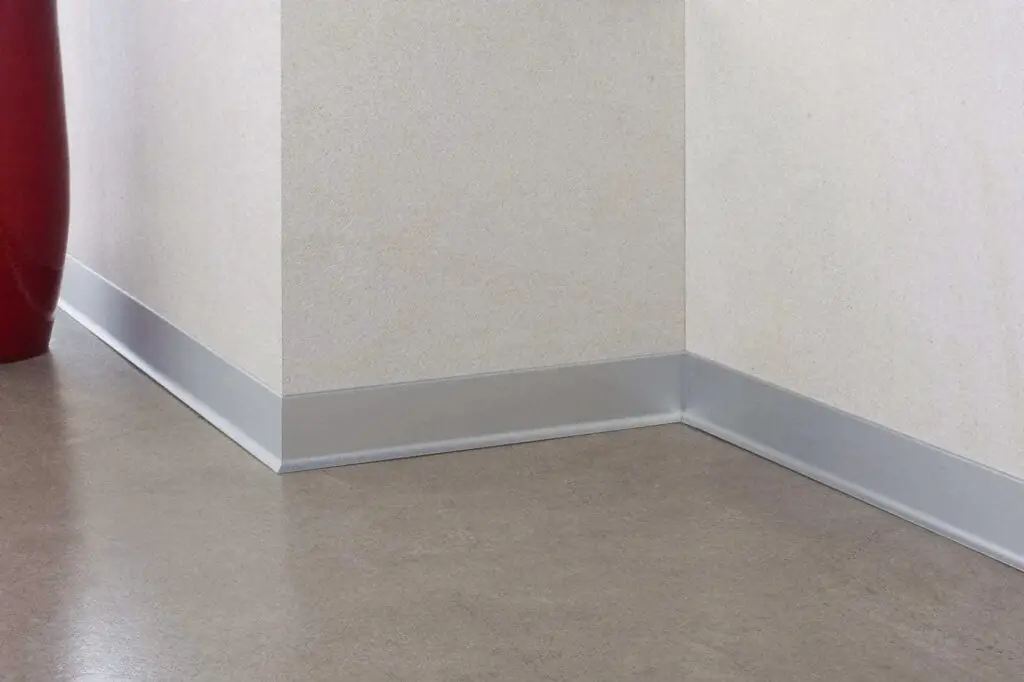
Conclusion
Transporting baseboards can be a challenging task, especially if you are not familiar with the proper techniques and precautions. However, with the right knowledge and tools, you can ensure that your baseboards arrive at their destination safely and without any damage. In this article, we have discussed some essential tips and steps to help you transport baseboards effectively.
During transit, it is crucial to handle the baseboards with care and avoid any rough movements or sudden stops. If you are transporting them in a vehicle, make sure to secure them properly and drive cautiously to minimize the risk of damage. Additionally, it is advisable to check the baseboards periodically during the journey to ensure they are still secure and intact.
Transporting baseboards requires careful planning and execution. By following the tips and steps outlined in this article, you can ensure that your baseboards reach their destination in excellent condition. Remember to prepare the baseboards properly, use the right materials and techniques for packing and loading, and handle them with care during transit. With these precautions in place, you can transport baseboards safely and without any hassle.



